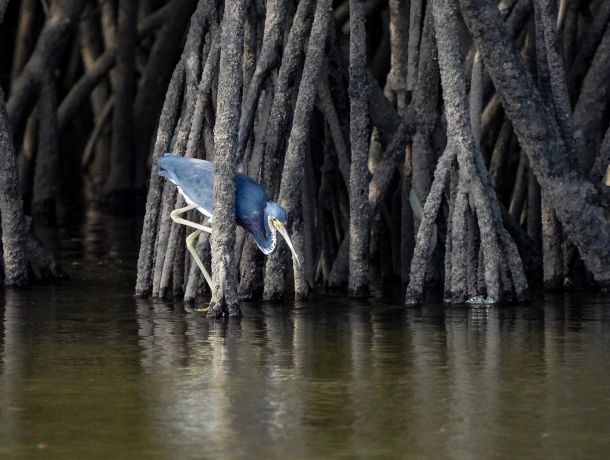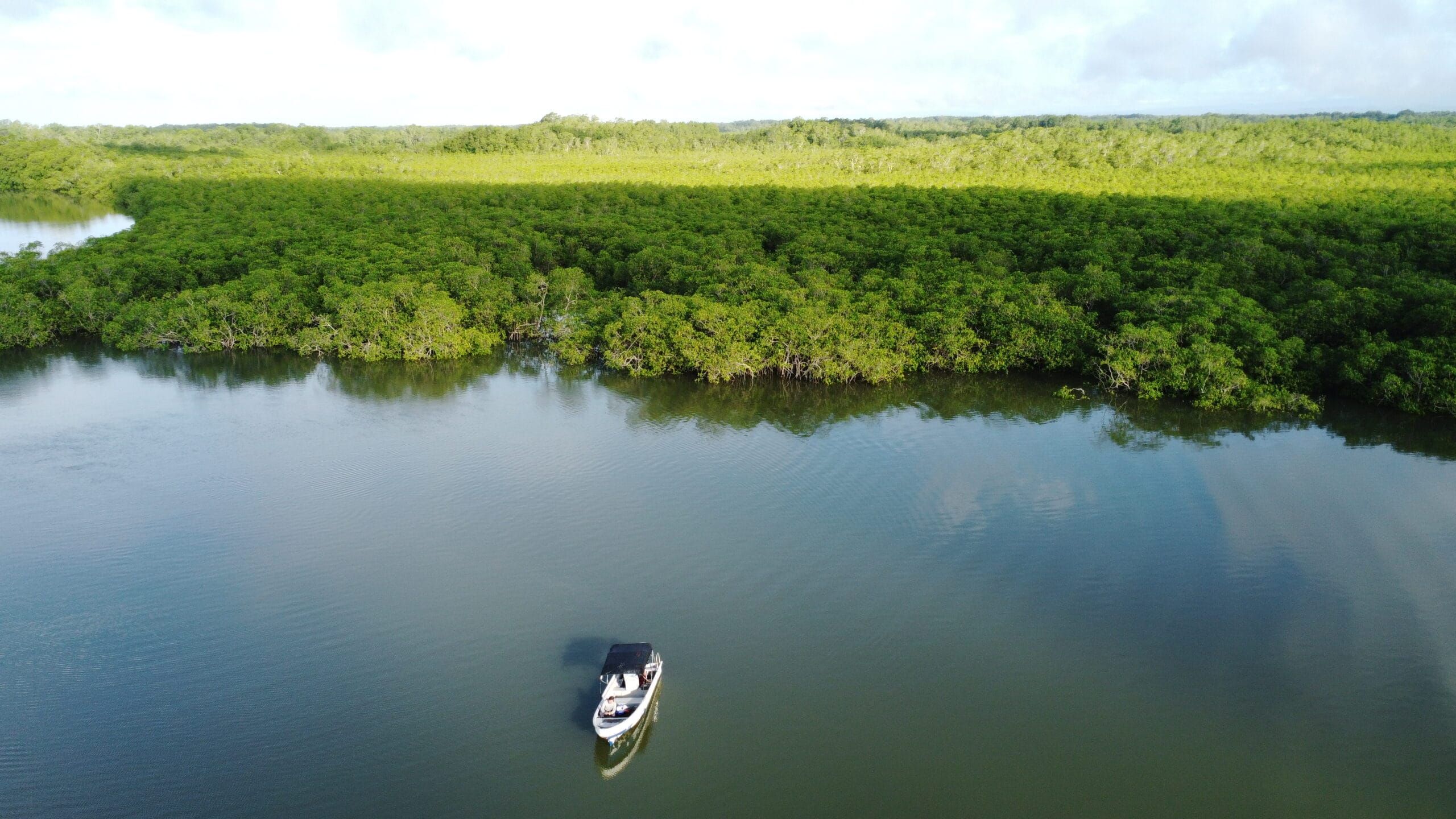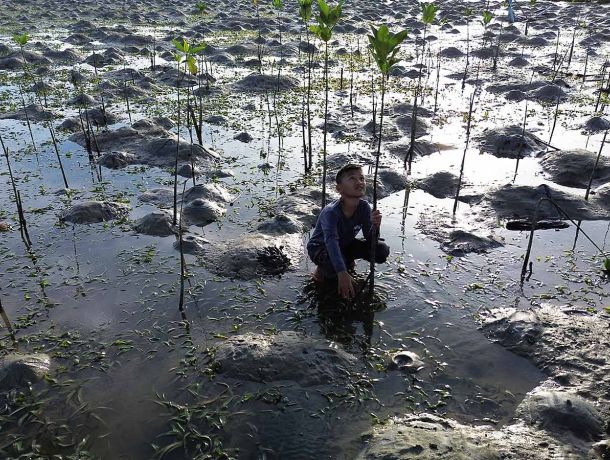
Mangroves Panama: Administrative concession in protected areas
En Panamá, el reconocimiento de un territorio como área protegida se formaliza mediante leyes, decretos, resoluciones, acuerdos municipales o tratados internacionales. Todas ellas conforman el Sistema Nacional de Áreas Protegidas (SINAP), que regula su manejo y preservación.
In Panama, the recognition of a territory as a protected area is formalized through laws, decrees, resolutions, municipal agreements, or international treaties. All of these constitute the National System of Protected Areas (SINAP), which regulates their management and preservation.

According to Law 41 of 1998, protected areas in Panama are terrestrial, coastal, or marine zones officially declared to conserve natural and cultural resources, in addition to promoting education, recreation, and environmental research.
The International Union for Conservation of Nature (IUCN) also defines these zones as geographical spaces recognized and managed to ensure the long-term conservation of nature, its ecosystem services, and cultural values.
In Panama, the recognition of a territory as a protected area is formalized through laws, decrees, resolutions, municipal agreements, or international treaties. All of these constitute the National System of Protected Areas (SINAP), which regulates their management and preservation.
These areas are public domain assets, meaning they cannot be appropriated or managed privately, except as permitted by law. When a person or company wishes to use or manage a protected area, they must apply for an administrative or service concession from the Ministry of the Environment, following the technical studies and public consultation processes established in Article 51 of the General Environmental Law.
A recent case in the district of David exemplifies this situation. There, a private port project Puerto Barú is being developed that would affect mangroves declared a protected area by Municipal Agreement No. 21 of June 6, 2007. Although the project has an approved environmental impact study, it is currently facing challenges before the Third Chamber of the Supreme Court of Justice. It is important to note that this approval does not authorize the direct use or management of mangroves without the corresponding administrative concession.
Before initiating any activity in this area, developers must formally process the administrative or service concession for the protected area, ensuring citizen participation and compliance with the technical and environmental requirements required by law.
The final decision on this and other projects in protected areas rests with the competent environmental authorities, who must ensure compliance with the fundamental purpose of these zones: the protection, conservation, and restoration of Panama’s environment and natural ecosystems.
Original article by Irving Domínguez Bonilla – Lawyer
Background Information
The Puerto Barú en David project is a controversial multipurpose private port planned for one of Central America’s largest and healthiest mangrove areas, located 19 kilometers from David on the Panamanian Pacific coast. This area, home to 25% of Panama’s mangroves, was declared a protected area by the Municipal Council of David in 2007. The project includes a main port area, a tank area for liquid goods, a tourist and marine area, and a residential area, posing a threat to the protected mangroves and the ecosystem due to the construction and operation activities.
A report by Lynker, an environmental science and engineering consultancy, has highlighted Puerto Armuelles as a better alternative location for the port. The report, commissioned by several environmental advocacy groups, outlines the suitability of Puerto Armuelles based on oceanographic conditions, site accessibility, and minimal environmental impact. The findings suggest that relocating the port to Puerto Armuelles would mitigate the risks to the protected mangroves and marine life in the current proposed location.
Author
News
Related News

For more information contact:
The following 43 organizations endorse the No to Puerto Barú campaign
- CIAM Panamá
- Adopta Bosque Panamá
- PANACETACEA
- Proyecto Primates Panamá
- FUNDICCEP
- SOA Panamá
- AIDA
- Chilliapp
- Avaaz
- Alianza para la Conservación y el Desarrollo ACD
- Fundación Naturaleza Panama FUNAT
- Asociación Pro Defensa de la Cuenca del Río Juan Díaz APROCUENCA
- ICEDEP – Investigación, Comunicación y Educación para el Desarrollo
- CRECOBIAN – UNACHI
- ACOTMAR
- Fundación Cerro Cara Iguana
- Colectivo YA ES YA
- Fundación Balu Uala
- CEASPA
- Fundación Panameña de Turismo Sostenible
- Pro Eco Azuero
- Movimiento Vigilia Nueva Soberanía
- Hiking Feminista
- Fundacion Panama Sostenible (PASOS)
- Shark Defenders Panama
- Sociedad Audubon de Panama
- Movimiento Jóvenes y Cambio Climático
- Twin Oceans Research Foundation
- Fundación para la Proteccion del Mar – PROMAR
- Cámara de Turismo del Distrito de Barú
- Ecoamigos Barú
- Panamá Sostenible
- Proyecto ECOGRAFE
- Mar Alliance
- Estudio Nuboso
- Alianza Bocas
- Fundación Agua y Tierra
- PANAMA WILDLIFE CONSERVATION
- Organización de mujeres indigenas unidas por la biodiversidad de Panamá (omiubp)
- Fundación Movimiento MIMAR
- "APRODISO- Asociación de Profesionales de Darién para el Desarrollo Integral y Sostenible"
- Kincha Droma OBC
- RAM- Raices Ambientales Matusagarati

